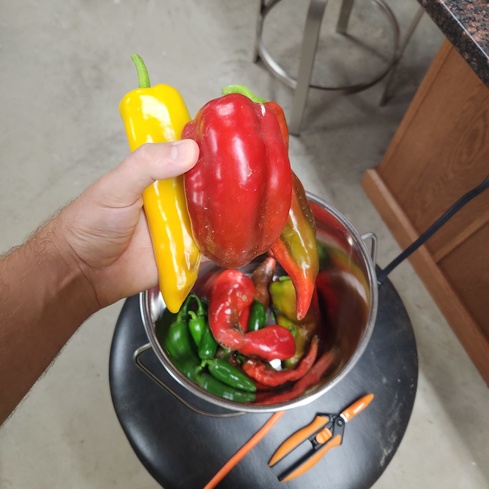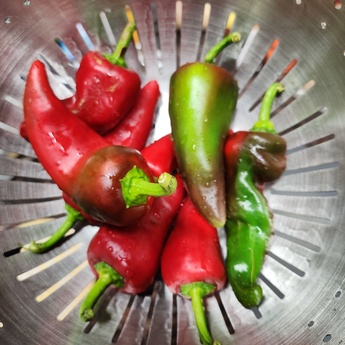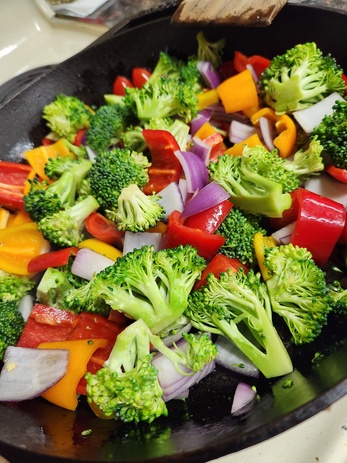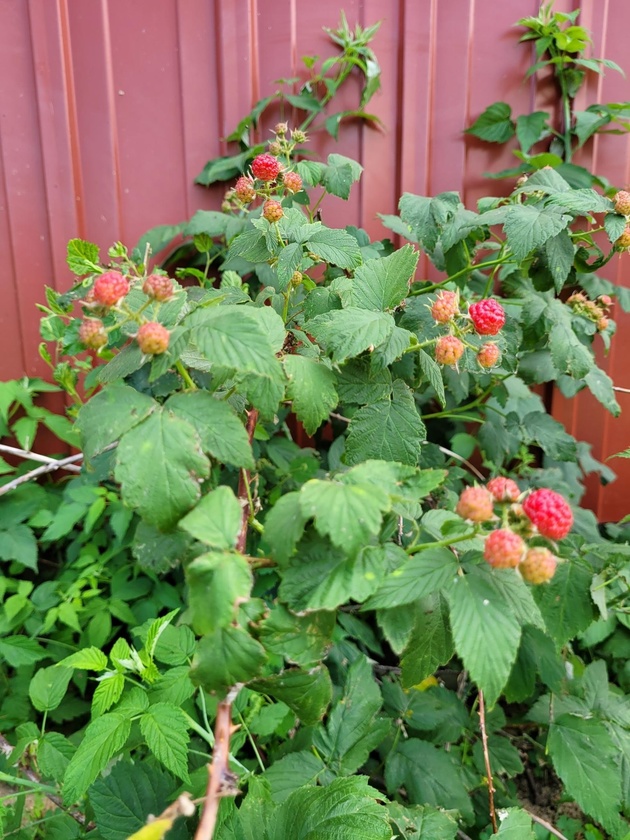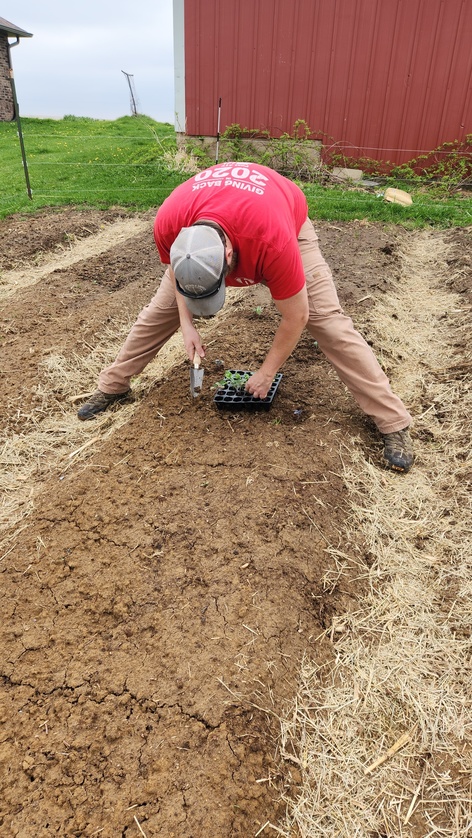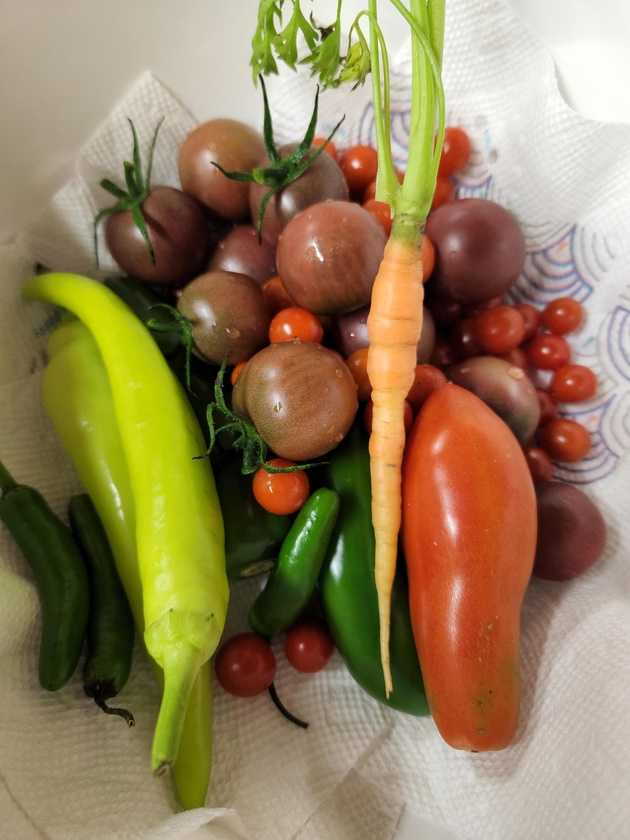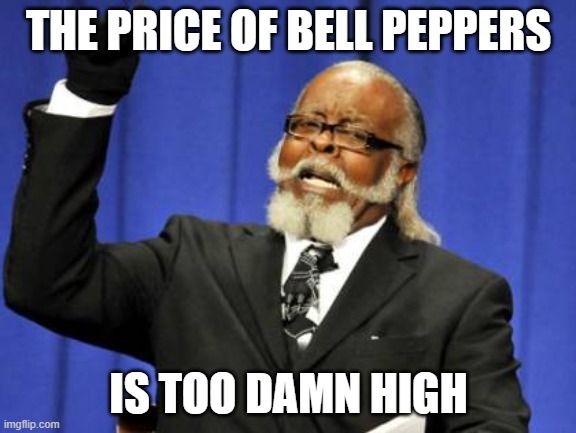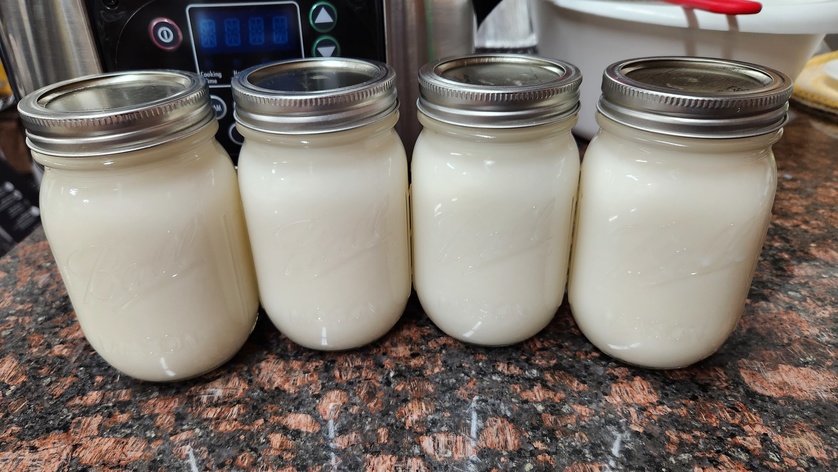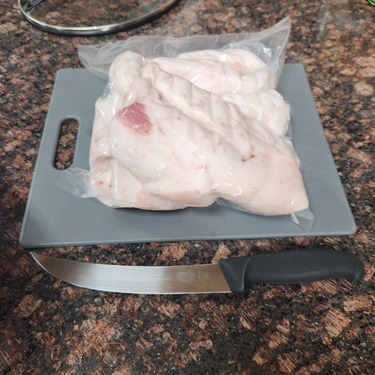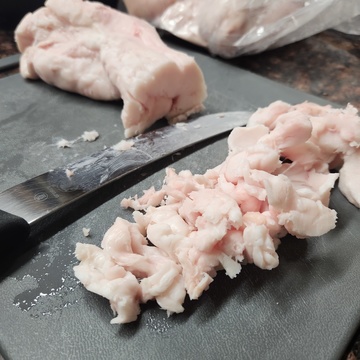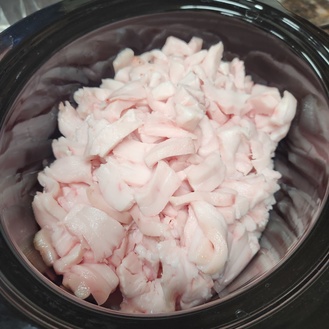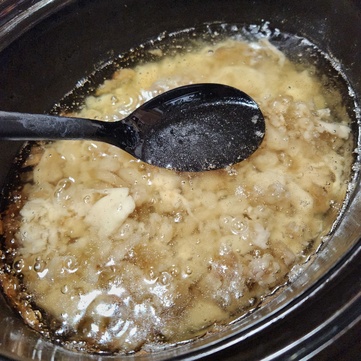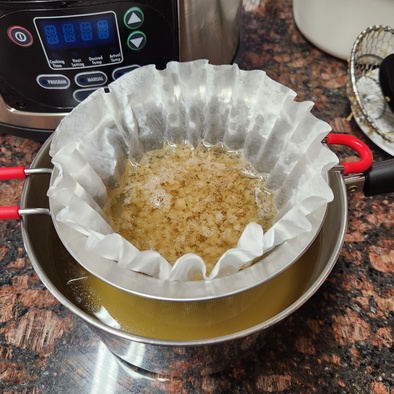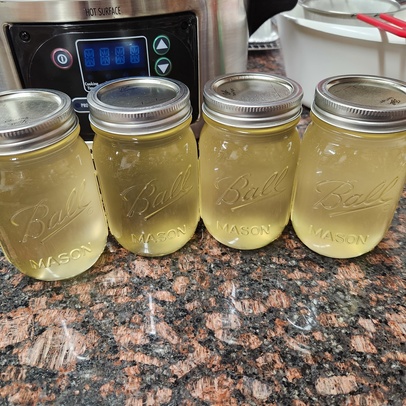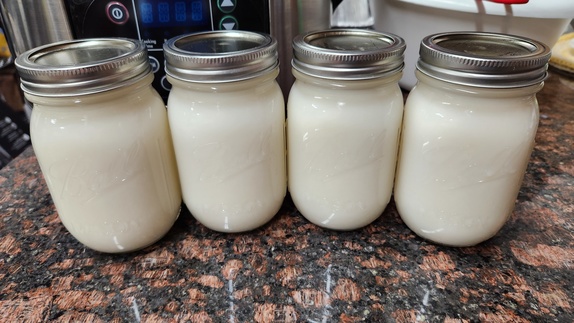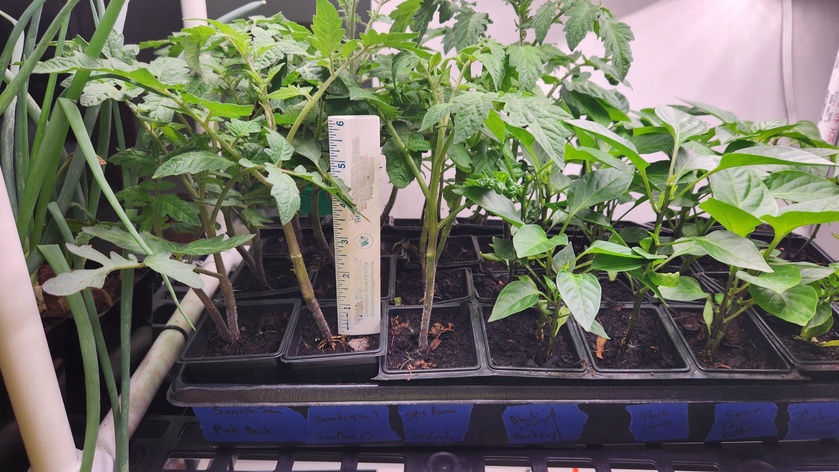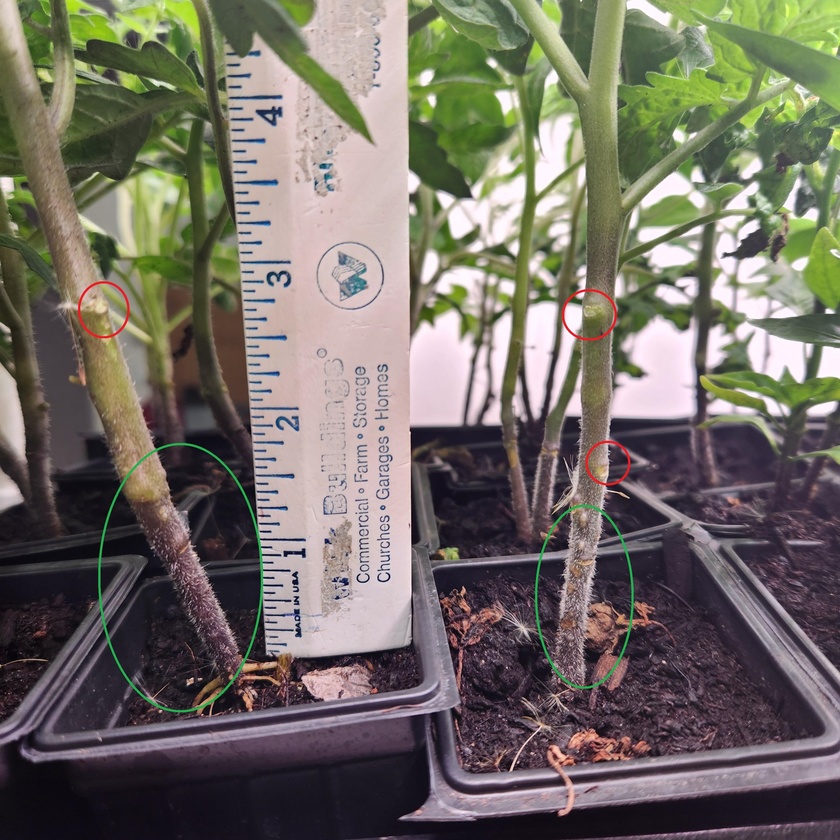Hedging my bets with perennials.
"You can't get something from nothing" If you want outputs, you better be prepared to add some inputs. That being said, what if you can get a whole lot over time from very little effort up front? I'm not plugging time shares. I'm talking perennials. Finding a plant species that is hearty and once established, produces year after year is the wet dream of many preppers. Luckily, I've been blessed to have access to several of these great resources this year. I've gained a great appreciation for these crops and doing everything I can to expand on their productivity.
The specific crops I want touch on are asparagus, mulberries, and raspberries:
Asparagus- (fiber, folate, Vitamins A, C , and K) not my favorite veggie but given our free access and only input being harvesting, I'm glad to have it around. It grows wild in many places, including marine environments. Currently, I have access to several patches between private and public property. Over four cuttings we took home around 10 lbs of asparagus. The neighbors also cut a significant amount (I'd estimate another 10 lbs or so) off the same patchs. Its a great early season crop that has thrived with no assistance for around 30 years. Dependability and easy of cultivation are a 10 out of 10. (pics below of 1 cutting and after weed-eating around the patch for easier access)
Mulberries- (Vitamin C, K1, E, potassium, iron) 10-15 ft tall and VERY hard to kill. These bad boys offer a massive amount of fruit whether you want it or not. I can't say these have been a staple in my diet previously. I can say what many consider a massive weed, should be utilized as a dependable food resource. The area is littered with more mulberry trees than we could ever need. As someone looking to become self sufficient, I think mulberries are a great resource that can be utilized for both human and animal food. Fresh, frozen, or made into jam, these berries could be essential to getting you by in a pinch. My goal with these trees is to keep them trimmed and productive enough for our own consumption as well as supplemental feed for pigs and chickens. In their current location, they also double as shade and wind protection. (pics below show weekend harvest as well as how they look after pruning and brush removal)
Raspberries- (Fiber, Vitamin C, K, E) Saving the best for last. I love raspberries. My area is known for large wild patches of black raspberries. We don't have many of these established, but many are in the pipeline. (cutting and propagation video in the future?) They taste great, are well adjusted to the local climate, and many neighbors will happily give you all the cuttings you can handle. Whether you're buying from a nursery or propping wild berries, I think these are easily one of the best berries you can have on site for sustainability and food independence. (only one pic below of the current black raspberries we have on site. Plans to take cuttings are in the works.)
Semi honorable mentions- Apple trees, blueberries, golden raspberries
This year we planted 3 apple trees (different varieties), blueberries, and a golden raspberry bush. Although these are all in the same category as the above plants, I've yet to determine how well they grow with minimal inputs. They may turn out to be more effort than is worth while, time will tell. I'm hopeful they will turn out to be fairly productive and will update my experience with them as soon as possible. Sweet potatoes are also on the list as potential candidates although this year, I only planted one, and intent to crop out all of the tubers and slips at the end of the season. I will look into planting a wild patch in the future and again, report my findings.
